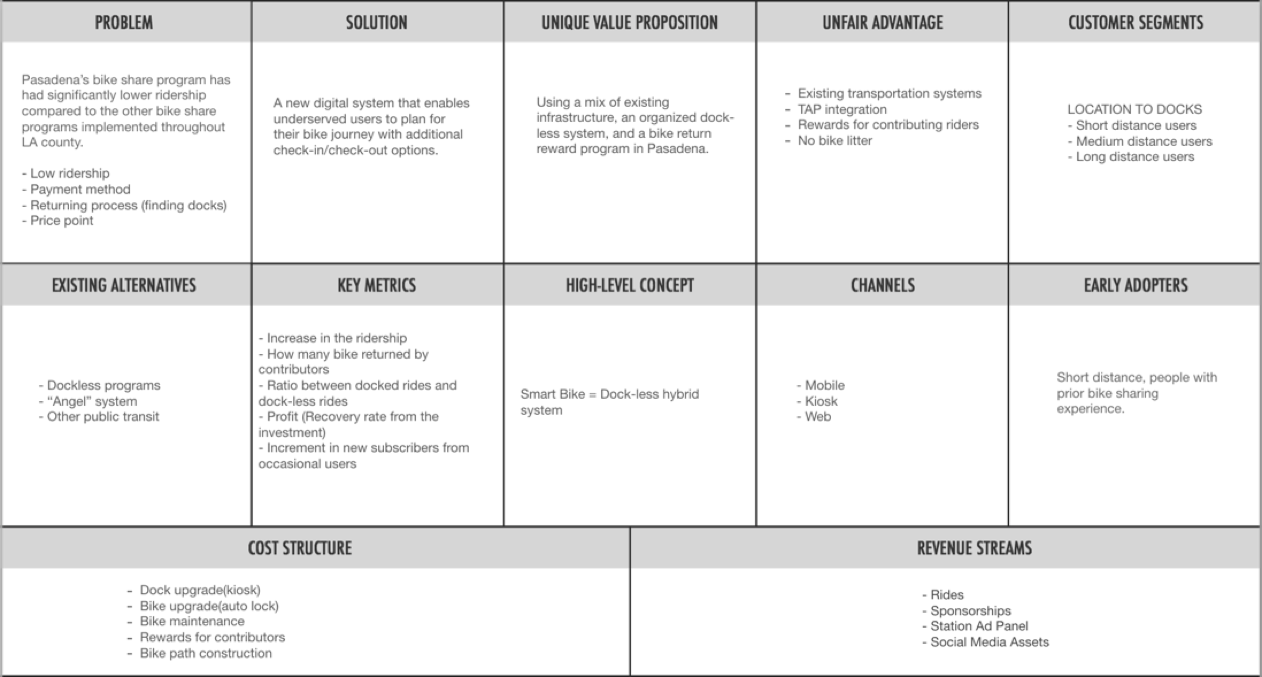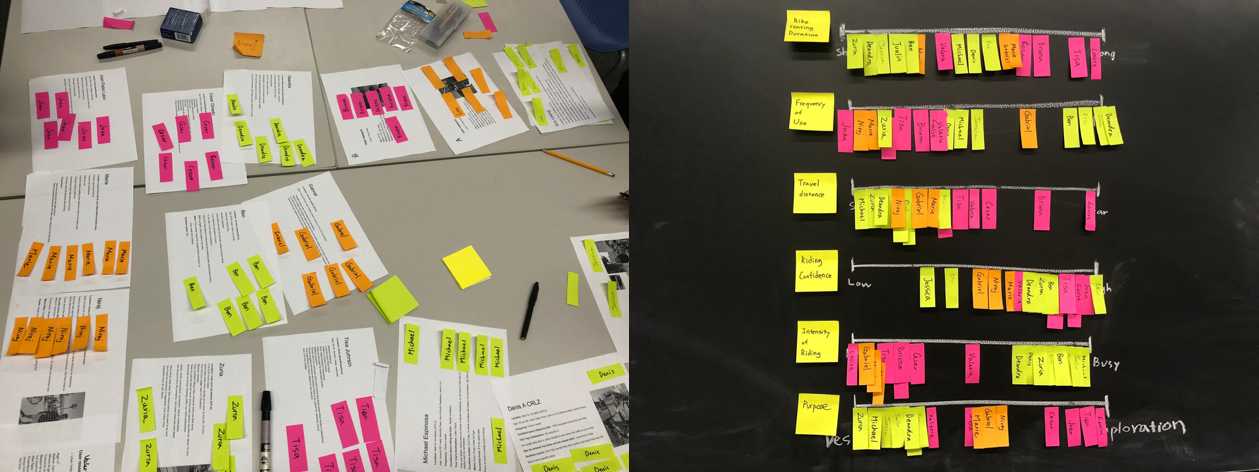How might we design a stationed bike-sharing service more accessible like station free bike-sharing service?
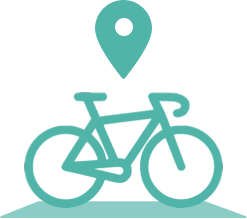
Pasadena Bike Share
CHALLENGE
ROLE
- Lead the product storyboarding
- User research and business strategy
- Key user flows and wireframes
- ArtCenter College of Design
- Summer 2018
- 14 week team project
- UI/UX
- User research
Redesigning the bike-sharing service for the city of Pasadena
THE CONTEXT
Old Town Pasadena is a special district with a busy traffic situation because many people visit to check out unique stores and restaurants. Pasadena has recently adopted Metro Bike Share to provide better mobility throughout the city, however, the city dropped the program because of low ridership.
-Interview with bike rider at Pasadena-
THE PROBLEM
Among the many problems that we found, the key problem we decided to dig deeper was that the stationed bike-share users have a burden of returning the bike to the docking station which can be quite far from the final destination. The bike needs to be returned to the assigned docks after each ride and this doesn’t really help visitors to take advantage of the convenience of bike riding.

What is Virtual Hub?
Virtual hub is a digital station where the bike can be dropped off and picked up on-demand. It is created by the pickup users and confirmed by the nearby riders who are willing to return the bike.
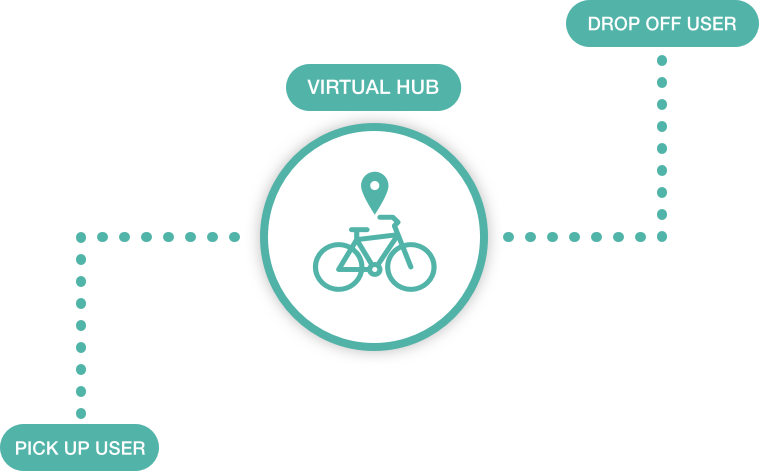
It solves the last mile problem
Finding a shared bike in an unfamiliar location is tricky, especially when the bikes are far too far away. Virtual Hub solves the last mile problem by connecting the pickup users and drop off users.


What makes Pasadena Bike Share unique?
OUR SOLUTION
One of the pain points that we found was that the bike is not always available nearby when the user needs a bike, especially when the stations are far from the user and also in the high demand area. Our proposed solution was to match the needs between the pick-up users and drop-off users by creating a virtual hub where the bike can be dropped off and picked up without using stations.
A Virtual Hub is an additional option for pick-up and drop-off users to use the bike-sharing more conveniently. Virtual Hub is created by pick-up users who want the bike to be delivered to their locations. The pickup users will give small gratitude fee for the drop off riders. Drop-off users will be rewarded for delivering the bike to the Virtual Hub. We expect this option would create a more accessible bike-sharing environment throughout the city.
We learned from the research that users make frequent stops and leave the bike in front of the shop during the ride to visit shops or to get a drink. Since there is no way to temporarily lock the bike or at least inform others that the bike is in use, this makes an uncomfortable moment for the rider. We ideated how to implement a way to temporarily pause the ride without disadvantaging the revenue. We decided to give users a free minute per a certain amount of ride time when the rider needs to take a temporary stop.
How did we define our user journey?
THE PROCESS

INTERVIEW | OBSERVATION INSIGHT
After few rounds of on-site interveiws with bike-sharing users, we generated skeleton personas to see the overarching painpoints and behaviors. We created a behavior continuum by recalling every interview and putting the interviewers name relative to each variable relative to their response. We benefited a lot from this process because we were able to find three patterns in user behaviors between commuters, leisure riders and tourists. These results, along with our evolving skeleton personas, lead to the creation of our formal personas.
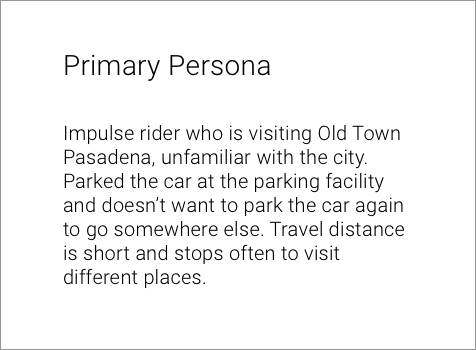
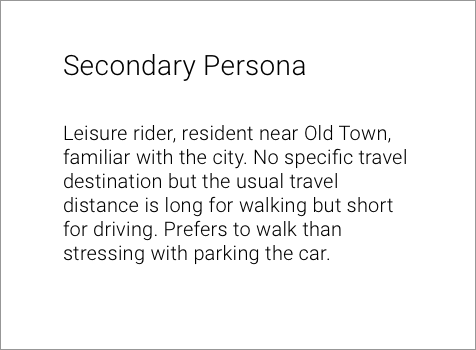
STORYBOARD DEVELOPMENT
With the defined personas, we created a user journey scenario that goes through the user’s pain points and the solutions that we thought about. the storyboard below is one of the user journeys that we created. We came up with the requirement diagram so that we could start to categorize the information for the wireframe.
THE ITERATIONS
After 4 rounds of user testing with 7 participants, we refined the wireframes to be more usable. The key insight from the iteration was to design the right visual cues and clear labeling for the actions.
TAKEAWAY
As shared mobility services are growing rapidly, this project was a great opportunity for me to learn more about the rising issues and concerns. Since there are many problems that need to be discussed, the hardest but most important part of the process was defining the problem. If there were another opportunity for approaching the mobility services, now I am more confident that I would take a more strategic approach to the problem especially not only the software but about the hardware.




